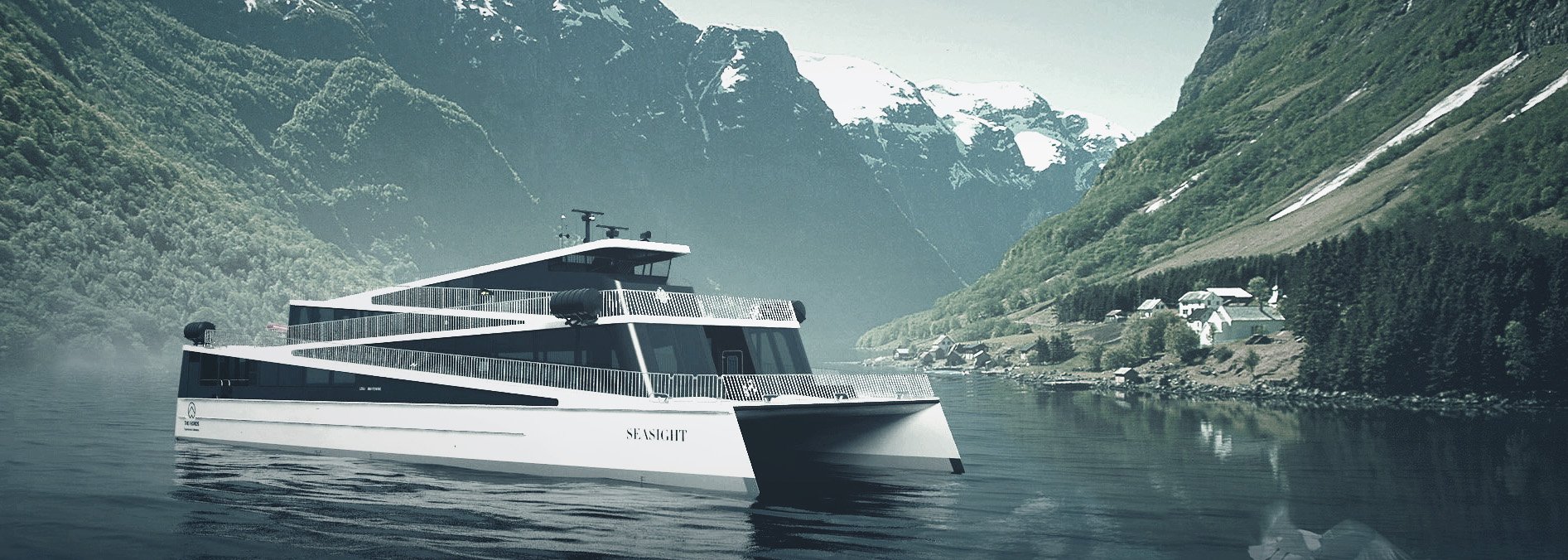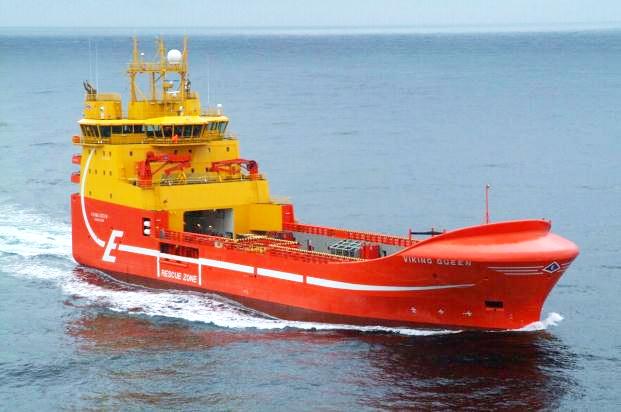
On-board batteries are the way of the future. Energy storage is the right approach to make energy systems on board ships more intelligent and efficient. Energy storage systems can be especially beneficial on vessels with a widely fluctuating fuel consumption profile.
Nidec ASI, world leader in PV and BESS (battery energy storage system) projects, retrofitted a Norwegian ship, the Viking Queen (a 6,000 tonne vessel built in 2008), with a battery energy storage system to help reduce fuel consumption and emissions for greener, more efficient power supply.
Enjoy 12 months of exclusive analysis
- Regular insight and analysis of the industry’s biggest developments
- In-depth interviews with the industry’s leading figures
- Annual digital subscription to the PV Tech Power journal
- Discounts on Solar Media’s portfolio of events, in-person and virtual
Eidesvik Offshore is a Norwegian ship company that specializes in offshore logistics, seismic and underwater operations. With two dozen ships in its fleet, the environmentally sensitive company has a keen interest in finding ways to reduce fuel consumption, emissions and maintenance costs. For The Viking Queen, one of its offshore support vessels, Eidesvik sought an energy storage solution that would help it achieve these goals.
An ambitious retrofit process
To improve the energy efficiency, Eidesvik made the decision to retrofit the Viking Queen with a BESS, making it the first operating offshore vessel to benefit from such a system. Provided by Nidec ASI, the 650kWh, 1600kW containerized solution was custom-designed to match the vessel’s operating profile.
The use of battery storage reduces the vessel’s fuel consumption by approximately 18%. The BESS also makes it possible for Viking Queen to reduce nitrogen oxide, carbon dioxide and other greenhouse gas emissions by approximately 25%.
This is the first offshore vessel to get such a system installed as a retrofit solution and demonstrates that it is possible to achieve significant reductions in emissions for existing vessels.
The project is the result of cooperation between Lundin Norway, which has the vessel on hire, ZEM as supplier of the system and Eidesvik. Commercialisation of the technology has been made possible largely because Eidesvik participated in the research and development project FellowSHIP that has worked with battery technology for five years.
The project has demonstrated that the battery configuration can help manage energy use. For instance, when the ship has different loads, it normally has two generator sets running at low load settings. When a heavier-than-usual power load is required, a second generator is needed to quickly provide additional power. By adding a battery, it’s possible to operate on just one generator set by allowing the battery to take the surge. The primary generator is then run at a higher, more efficient load. Different settings are also needed when in transit or using dynamic positioning. Here batteries replace the motor, alternating between running the generator set at much higher load to power the ship and recharge the battery. The ship can also run for an extended time on batteries only, useful for entering into harbors.

The Vision of the Fjords and its airtight cooling system
Another important project where Nidec ASI has been the technology partner for the storage system, was THE VISION OF THE FJORDS (formerly Seasight), a beautiful vessel designed to carry passengers in Nærøyfjord on the west coast of Norway. It is a premium sightseeing vessel designed from the ground up to enhance the passenger’s sightseeing experience and reduce the vessel’s environmental footprint. The catamaran is 42 metres long, 15 metres wide and built in lightweight carbon fibre composite. The vessel is classed by DNV GL and certified for 400 passengers.
This vessel was also selected as “Ship of the year 2016” during the prestigious maritime fair SMM Hamburg last September.
Nidec ASI designed and provided the complete Energy Storage System equipment including: two lines of batteries racks, battery modules in a rack configuration located in an aluminium cabinet, data logging equipment, a master battery management system (MBMS), a closed loop air cooling system, which cools the overall system through an air to water heat exchanger, and the system interface between the ship and the battery system.
The cooling of the battery system is highly innovative – being airtight with no running ventilation, in order to avoid humidity around the modules. The room is equipped with a dual system – cooling and heating – in order to keep the internal temperature within the prescribed range, which is between 18°C and 28°C.
The unique quality of this vessel is its light weight. It is built with carbon fibre in order to decrease the hull weight, and Nidec ASI proposed and designed the aluminium frames for the storage systems contributing to keep the overall weight of the ship low.
For a full case study of the Viking Queen project, click here or visit the ‘Resources’ page of Energy-Storage.News.

